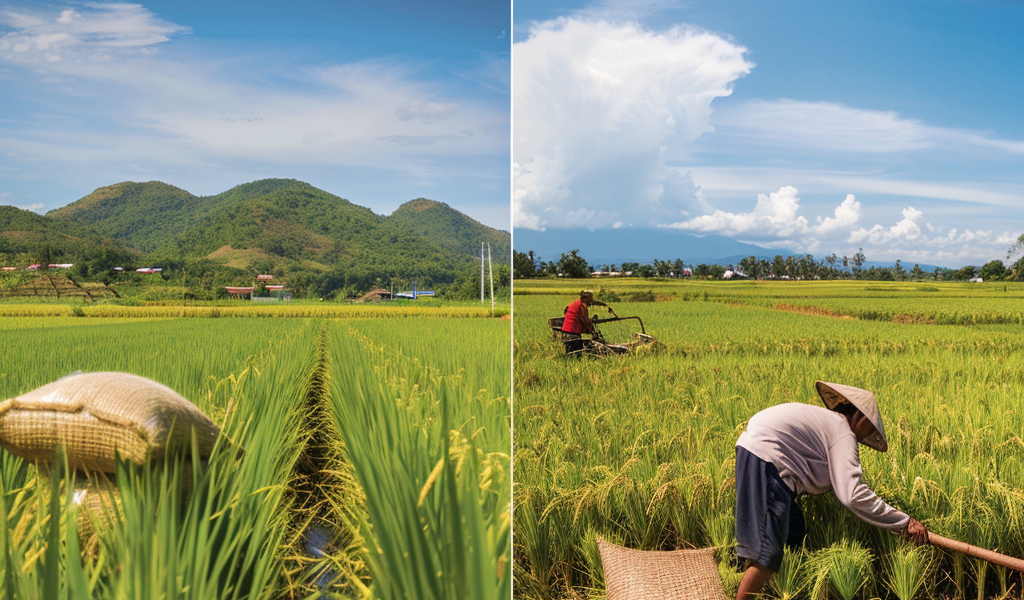Thailand and Vietnam Compete for Rice Market Share in the Philippines
In a significant shift in the rice market dynamics, Thailand and Vietnam are intensifying their efforts to capture a larger share of the rice market in the Philippines. This competition arises as the Philippines grapples with declining domestic rice production, compelling the country to increase its reliance on rice imports from its neighboring nations. The Philippine government has responded to these challenges by reducing tariffs on rice imports to stabilize local prices.
The Philippines has established itself as the world’s largest rice importer, and forecasts for 2024 suggest that the country may import as much as 4.1 million tonnes of rice. This figure marks a notable increase from the 3.2 million tonnes imported in 2023, as reported by the U.S. Department of Agriculture (USDA).
Thailand has emerged as a leading exporter of rice to the Philippines, significantly boosting its exports this year. Farmers in Thailand’s Chainat province are actively harvesting their rice fields, contributing to the country’s increased export capacity. The Thai government is keen on maintaining its position as a primary supplier to the Philippines, leveraging its established agricultural infrastructure and production capabilities.
Meanwhile, Vietnam is also positioning itself to enhance its presence in the Philippine rice market. Experts predict that the tariff reductions implemented by the Philippines will predominantly benefit Vietnamese rice exporters, potentially overshadowing local farmers. This situation has raised concerns among agricultural experts regarding the long-term implications for Philippine rice producers.
As rice prices continue to soar in the Philippines, local inflation rates are also affected. The country has recorded its highest rice inflation levels since 2009, prompting the government to explore various strategies to mitigate the impact on consumers. Higher rice prices not only strain household budgets but also contribute to broader inflationary pressures across the economy.
In response to these economic challenges, President Ferdinand Marcos Jr. has lifted the cap on rice prices after a month of enforcement, a move aimed at allowing the market to stabilize. However, this decision has sparked debates about its effectiveness in addressing the root causes of rising rice prices and ensuring food security for the population.
The competition between Thailand and Vietnam for the Philippine rice market is expected to intensify as both nations seek to leverage their agricultural strengths. With the Philippines’ growing dependence on rice imports, the stakes are high for both exporting countries as they vie for a larger share of this lucrative market.
As the situation unfolds, stakeholders in the agricultural sector will be closely monitoring the developments in rice pricing, import volumes, and the overall impact on local farmers. The outcome of this competition will not only shape the future of the rice market in the Philippines but will also influence regional agricultural trade dynamics in Southeast Asia.





